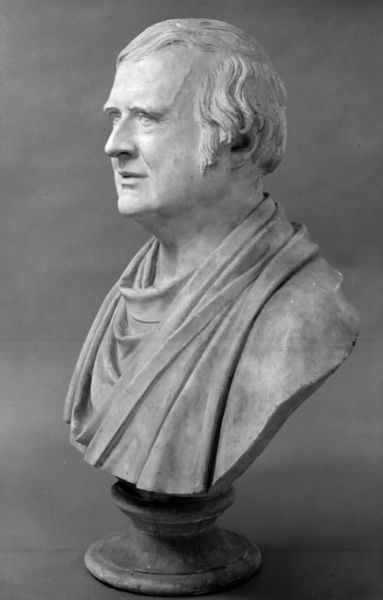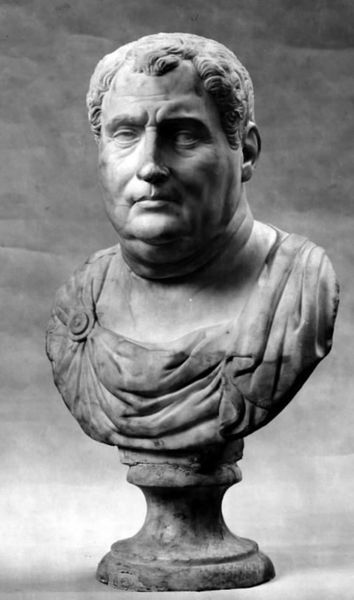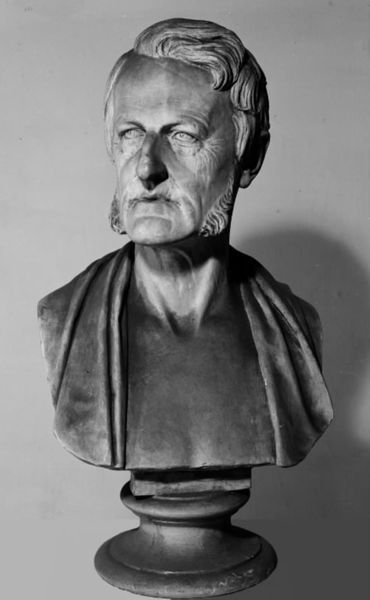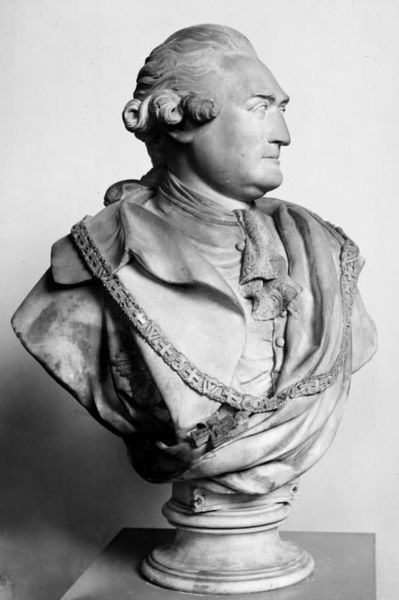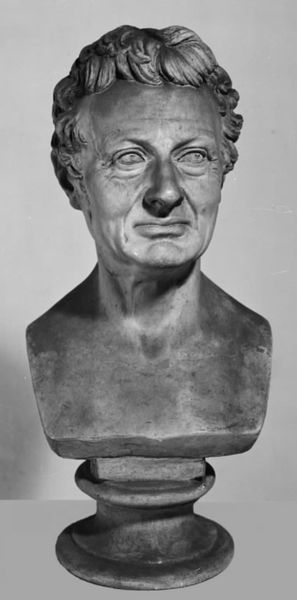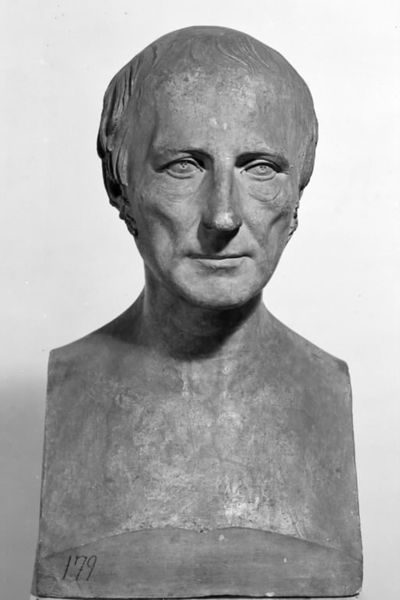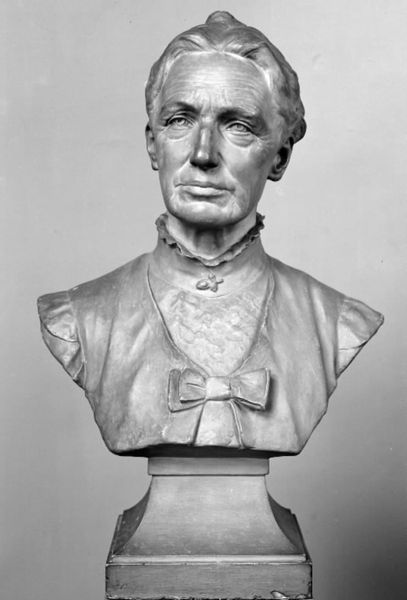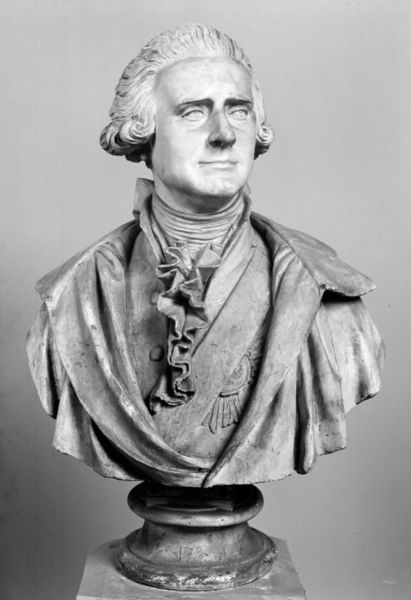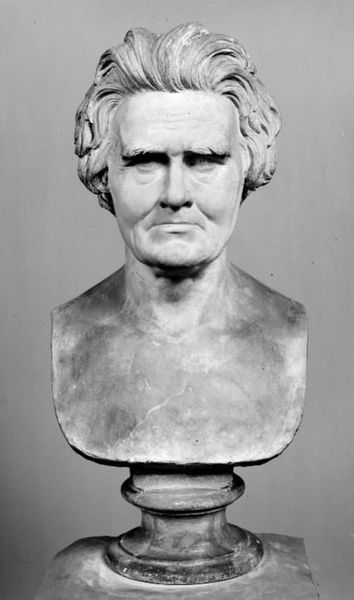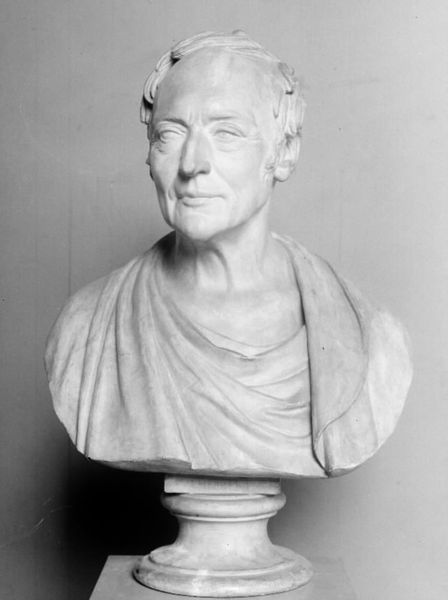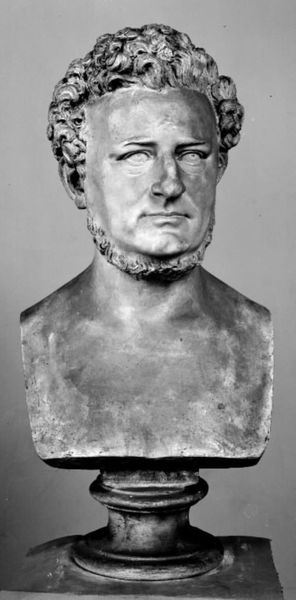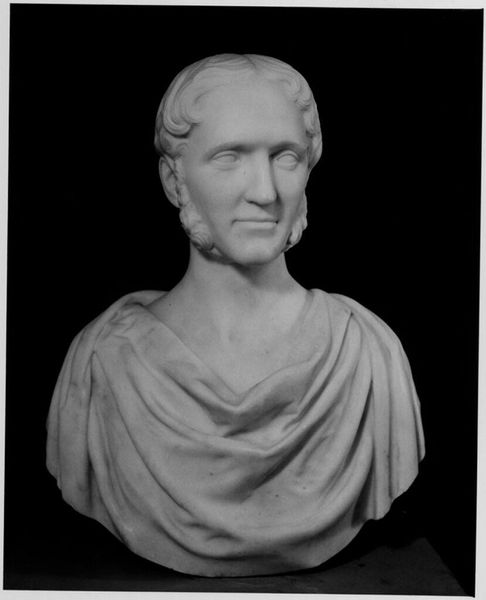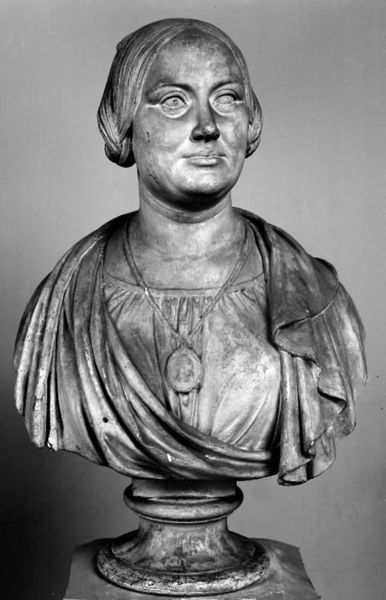
sculpture, marble
#
portrait
#
portrait
#
sculpture
#
academic-art
#
marble
#
realism
Dimensions: 73 cm (height) (Netto)
Curator: Here we have H.W. Bissen's marble bust of Grev A.W. Moltke, dating to 1865. It’s part of the collection at the SMK, the Statens Museum for Kunst. Editor: The chill of marble incarnate. There’s a somberness in this gentleman’s face—not unpleasant, mind you. He has the steady gaze of a man deeply aware of his position and responsibilities. Curator: Indeed. What strikes me is how Bissen marries Realism with the more academic portraiture styles common at the time. We see Moltke with specific details: the folds of his jacket, the precise carvings representing what I imagine are honors and awards, even the slight asymmetry in his features. Editor: It's incredible what Bissen coaxes out of marble here. Look how the light catches the carved textures! It makes you consider the actual physicality involved, the physical labor of shaping cold stone to capture such lifelike details. Curator: Absolutely. And it reflects the patron's desires, too. The choice of marble itself speaks to power and prestige. Commissioning such a bust wasn’t just about remembrance; it was a deliberate act of preserving status. You see the chain around his neck, likely an order; these material signs underscore Moltke's elevated role within society. Editor: Do you think Moltke himself had a say in the depiction? I mean, aside from the inherent flattery of being immortalized in marble, was there artistic collaboration? It’s an odd dance: artist and patron, shaping an image for posterity, each pulling at the clay of representation... or chipping at the stone, in this case. Curator: Likely a negotiation occurred. The artist and his workshop, the availability and the origin of marble – these considerations speak directly to both social power and artistic resources. Who could afford it, what were the channels by which artists procured material, what kind of workshops and distribution were necessary… Editor: And we’re left contemplating what it means to memorialize someone in cold stone, to give permanence to fleeting human identity. What secrets did Moltke keep behind that marble gaze, I wonder? Curator: Exactly. Examining pieces like this busts traditional art history which solely considers "high art," by compelling us to think about process and all the implications involved in materials, artistic creation, patronage, labor and distribution. Editor: True, this artwork invites speculation on layers of artistry, labor, wealth, power. Fascinating stuff.
Comments
No comments
Be the first to comment and join the conversation on the ultimate creative platform.
